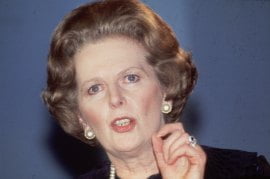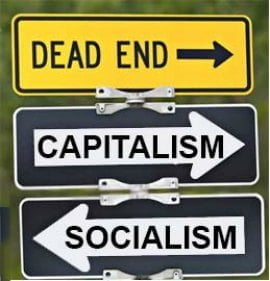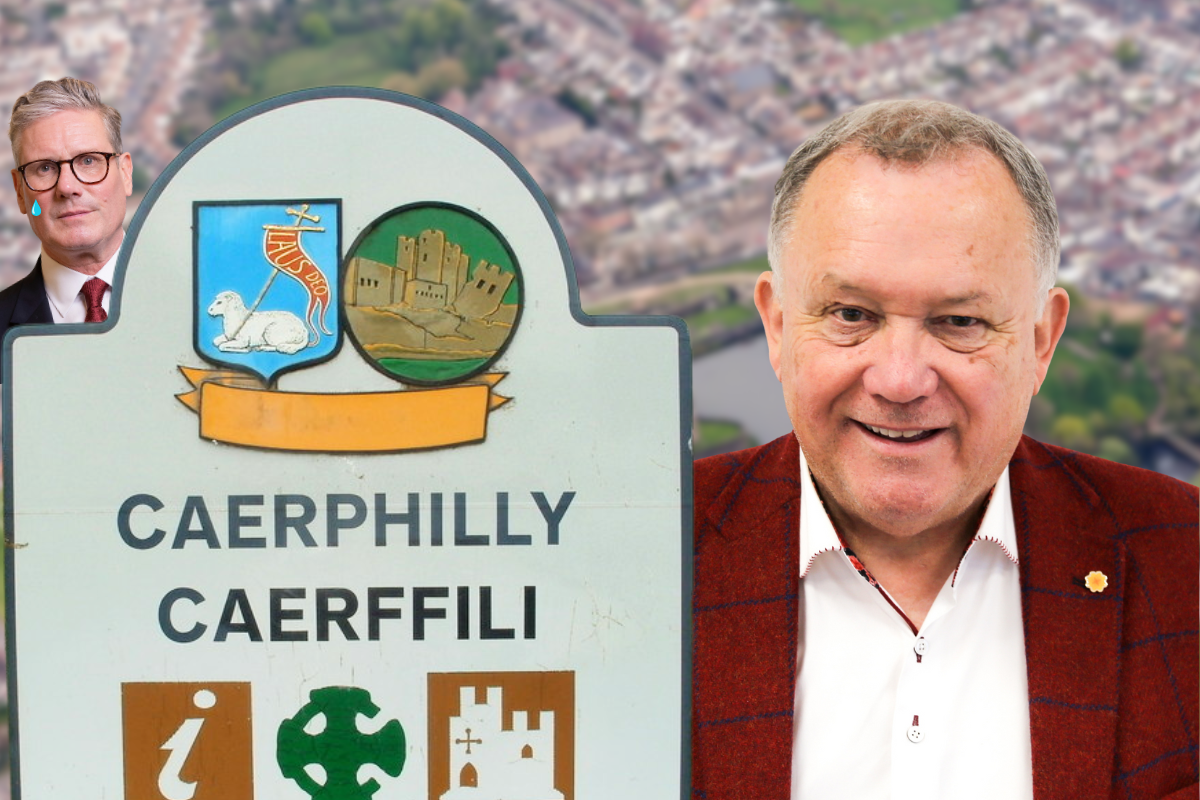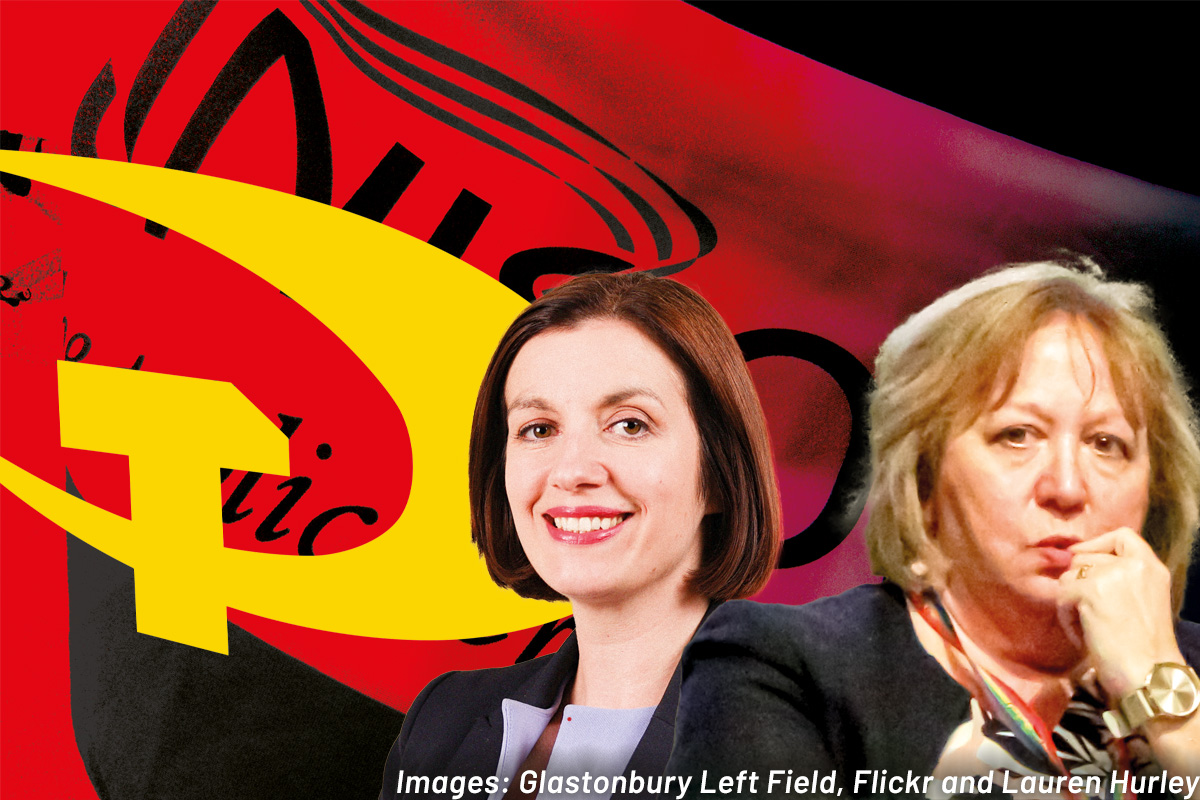In recent months, the ghosts of New Labour have resurfaced on the political scene, imploring the current Labour leaders to reclaim the so-called “centre ground”. But the reality is that capitalism in crisis and the traditional parties of the “centre ground” can offer no solution. Instead, there is a growing radicalisation, and a political polarisation taking place.
In recent months the grim ghosts of New Labour, that misnamed lurch towards the right that ran the government from1997 to 2010 in the name of big business, have resurfaced on the political scene. First up was Tony Blair, back from making millions on the lecture circuit and giving paid advice to all manner of dodgy rulers around the world, to instruct Labour on the need to turn even more right. Seeing no wrong with the period when he was prime minister, Blair told the Economist magazine in January that “I am still very much New Labour… I am convinced the Labour Party succeeds best when it is in the centre ground.”
Next up has been Peter Mandelson, the Prince of Darkness himself, striding forward to echo Blair, demanding that Labour starts the work of preparing to have a post-election coalition with the Liberal Democrats, despite these same people having been part of the austerity coalition with the Tories for the last five years. Interestingly enough, Mandelson thinks that the Lib-Dems are more reliable partners in government than say the SNP. What does Blair really mean by the “centre ground”? What does Mandelson really mean by preparing the ground?
The toxic brand of Blairism
Both these people have, aided by a compliant press, long touted the argument that Labour won its massive election victory in 1997 as a result of embracing the New Labour banner and moving right, towards the so-called “centre ground”. Even if you ignore the fact that Labour was hardly a mass of seething left-wing revolt under Kinnock and Smith, the reality was that Labour’s huge victory owed far more to the complete disillusionment that most people had with the Tories. Canvassers on the doorsteps were noting this and that people were clearly voting Labour in spite of Blair not because of him.
The decline in Labour support as the reality of what New Labour meant was masked in subsequent elections by the slow recovery of the Tory vote. The main indicator of this was the sharp fall in voter turnout: in 1997 it was 71.4%, but in 2001 it has fallen to 59.4%.
Thanks to the Iraq war and New Labour’s pathetic record on key issues, Blairism has now become a toxic brand in British politics, but both Blair and his co-conspirator Mandelson seem blissfully unaware of this and have re-appeared expecting a grateful nation to welcome them back with open arms. Oddly enough this seems to not be the case. The truth is that people’s memories are not as short as Blair and Mandelson naively imagine. However, this has not stopped them from trying to stir things up in advance of the next general election; hence the talk of rotten deals and shifting to the right top win in May.
Radicalisation and polarisation
When Blair and the rest talk about moving to the centre ground they are pushing a myth. You would think from Blair’s analysis of only right-wing Labour having ever won elections that the great victory of 1945 never happened. The victory of Syriza in Greece and the rise of Podemos in Spain – both on the basis of left-wing programmes and radical rhetoric – must also be a complete mystery to him.
The existence of the “centre ground” in politics has two interpretations. They seem similar, but they are not. The first describes the centre ground as being the place where most people sit politically, as against the polarised positions to the left and to the right, which usually attract in normal times a much smaller number. This all sounds nice and sensible. After all, you want to get the support of the mass of people not the few.
The trouble with this way of looking at it is that people’s positions can shift – consciousness changes. Blair thinks that people are moving to the right. In fact, despite all the whipped up hysteria about immigration, benefit “cheats” etc., the reverse can be seen on many issues. A desire to stop the NHS being attacked; a hatred of privatisation; support for trade unions; anger over the cuts; a fury over the role of the banks and the way that big business runs roughshod over our lives; a dislike of the corruption of the establishment, etc: these attitudes, particularly amongst the youth, are becoming more “mainstream” and therefore technically the property of the “centre ground”.
Pushing liberal capitalism
 The frustration comes from not seeing these views expressed in a clear electoral choice. The Scots turned their referendum on independence into a vote on austerity. What would have happened had there been an actual referendum on austerity both in Scotland and elsewhere? None of this fits the Blair/Mandelson scenario.
The frustration comes from not seeing these views expressed in a clear electoral choice. The Scots turned their referendum on independence into a vote on austerity. What would have happened had there been an actual referendum on austerity both in Scotland and elsewhere? None of this fits the Blair/Mandelson scenario.
So Blair, Mandelson, and co. quickly move on to a second interpretation of the “centre ground” – one which is about an actual political line, irrespective of how many people go along with it in reality. This is the classic middle position of liberal capitalism, something which is described wrongly as being neither left or right. The Liberals have tried to claim this position for decades, as have the right-wing of Labour. Even some Conservatives have tried over the years to sneak in on this bandwagon, hence the now-forgotten talk of “one-nation” Tories.
Blair even attempted to turn all this into a political theory – the late, unlamented “Third Way”. However, all this was completely dependent on capitalism delivering the goods, at least in part. The ‘silent majority’ could then sit back and show no interest in politics, leaving it all to the Westminster elite. The problem is that people may not been interested in politics, but politics is very interested in them.
Interestingly, Thatcher in the 1980s never bothered with talk or deeds about appealing to the centre ground. Whatever people might think of her, she was a firm defender of her class, the capitalist class, when action was needed whatever the cost to the majority of people. Needless to say, the Labour leaders during her time and afterwards could not bring themselves to support the working class with the same degree of firmness.
Myth and reality
 Now, with the capitalist system moving back into crisis again, the hopes of these “centre ground” people have had to be put to one side. They are being ground down by the wheels of reality. Suddenly, we are now told that the “centre ground” is about supporting “sensible” policies – i.e. a regime of harsh austerity. If people don’t like it then tough – we have a system to save they say.
Now, with the capitalist system moving back into crisis again, the hopes of these “centre ground” people have had to be put to one side. They are being ground down by the wheels of reality. Suddenly, we are now told that the “centre ground” is about supporting “sensible” policies – i.e. a regime of harsh austerity. If people don’t like it then tough – we have a system to save they say.
In others words, the centre ground is what Westminster tells us it is – the title is just there to justify any right-ward shift which might be involved whatever the mass of people might think.
At this time, the electoral excuse for promoting the politics of Blair’s centre ground fades away. In Greece, the masses voted in huge numbers against austerity and the rule of the bankers. Other countries are facing similar movements on the part of the many not the few.
Revolutionary perspectives
Labour would do better to consider the views of the real centre ground in Britain – the millions wanting an end to cuts, pay restraint, job insecurity and so on, rather than pandering to Blair and Mandelson’s rich pals in the City of London. They might want to consider the fate of PASOK in Greece, which supported cuts and paid the price in the January elections just gone. The ground PASOK prepared turned into their cemetery plot.
Unfortunately, the current Labour leadership seem determined to try and pacify the concerns of big business rather than offer a clear alternative to the consensus line of austerity. All the talk about linking up with the Lib-Dems after the May election is about ensuring that, in Peter Mandelson’s ideal world, Labour sticks to the big business script. Under these conditions the people will surely disagree. As a result the centre ground may soon become the revolutionary ground in British and world politics.






